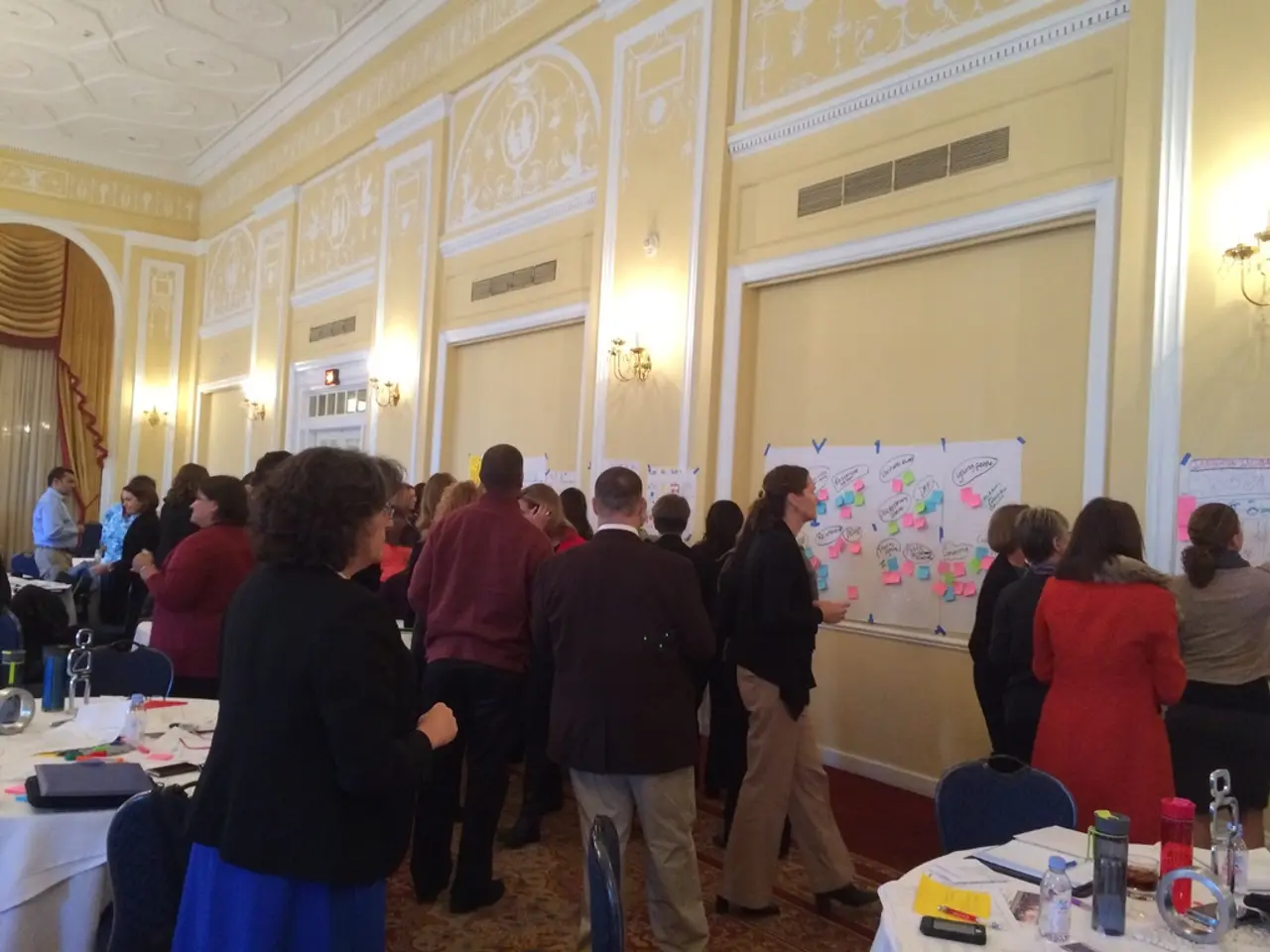Offshore wind energy takes center stage as Poland navigates windy conditions across the Baltic Sea
Poland Embraces Offshore Wind Energy for a Greener Future
Poland is making significant strides in the development of offshore wind energy, marking a pivotal moment in its energy transition. The Baltic Sea is set to become a hub for renewable energy, with the first offshore wind turbines already operational and more ambitious projects underway.
The Polish Wind Energy Association is organising the largest offshore wind energy conference in Poland and Central and Eastern Europe on 18-19 November in Warsaw. This event offers an opportunity for investors and supply chain companies to network, discuss potential collaborations, and explore business opportunities in the offshore wind energy sector.
One of the key projects is the Baltica 2 offshore wind farm, a £5 billion initiative by PGE and Ørsted with a planned capacity of 1.5 GW. Expected to power 2.5 million homes by around 2027, it is a testament to Poland's commitment to renewable energy. Overall, offshore wind investments are projected to reach PLN 300 billion by 2040, making it the largest energy transition effort in the country's history.
Offshore wind energy from the Baltic Sea is the most stable source of energy in Poland, contributing to energy security by reducing coal reliance. The sector is also attracting global players, with Poland's offshore wind plans aligning with broader EU energy transition goals and efforts to reduce fossil fuel dependence.
The construction of infrastructure like the Gdańsk terminal, enabled by €194 million EU funding, facilitates the deployment and servicing of offshore wind farms. Besides government and state-owned companies, private firms like Polenergia are entering the market, proposing further offshore installations with combined capacities exceeding 1.4 GW.
The potential impact on Poland’s energy landscape is significant. Offshore wind will diversify the energy mix, increase renewable energy share, enhance energy security, and drive industrial development and job creation in the maritime and energy sectors. The capital expenditure and industrial mobilization required are generating substantial economic activity, innovation, and partnerships, potentially positioning Poland as a hub for offshore wind in Central and Eastern Europe.
Renewable energy is not only changing the way electricity is produced in Poland but also changing the way people think about the future. It is focusing on a greener, more competitive, and more independent future. In fact, renewable energy sources (RES) in Poland surpassed coal in the national energy mix for the first time.
The construction of a wind farm, whether onshore or offshore, is a financially intensive undertaking. The costs range from €1.2 to €1.6 million per megawatt for onshore turbines, and up to €5 million per megawatt for offshore turbines. However, the long-term benefits, including energy independence, job creation, and a more sustainable future, outweigh these costs.
Despite the challenges, Poland is at a turning point, with renewable energy, particularly wind energy, becoming increasingly dominant in the domestic energy sector. The ongoing development momentum is supported by legislative initiatives to improve investment conditions and public acceptance of onshore and offshore wind projects.
In conclusion, Poland's offshore wind energy development is a cornerstone of its energy transition, promising to reshape its energy system, strengthen industry, and contribute to Europe’s renewable energy expansion in the coming decade.
The Polish Wind Energy Association's conference in Warsaw offers an opportunity for stakeholders to discuss business opportunities in the offshore wind energy sector, signifying the growing interest in sports (renewable energy) in Poland.
The potential impact on Poland’s energy landscape is significant, with offshore wind energy diversifying the energy mix, attracting global players, and driving industrial development and job creation, much like the sports industry fosters growth and employment.








